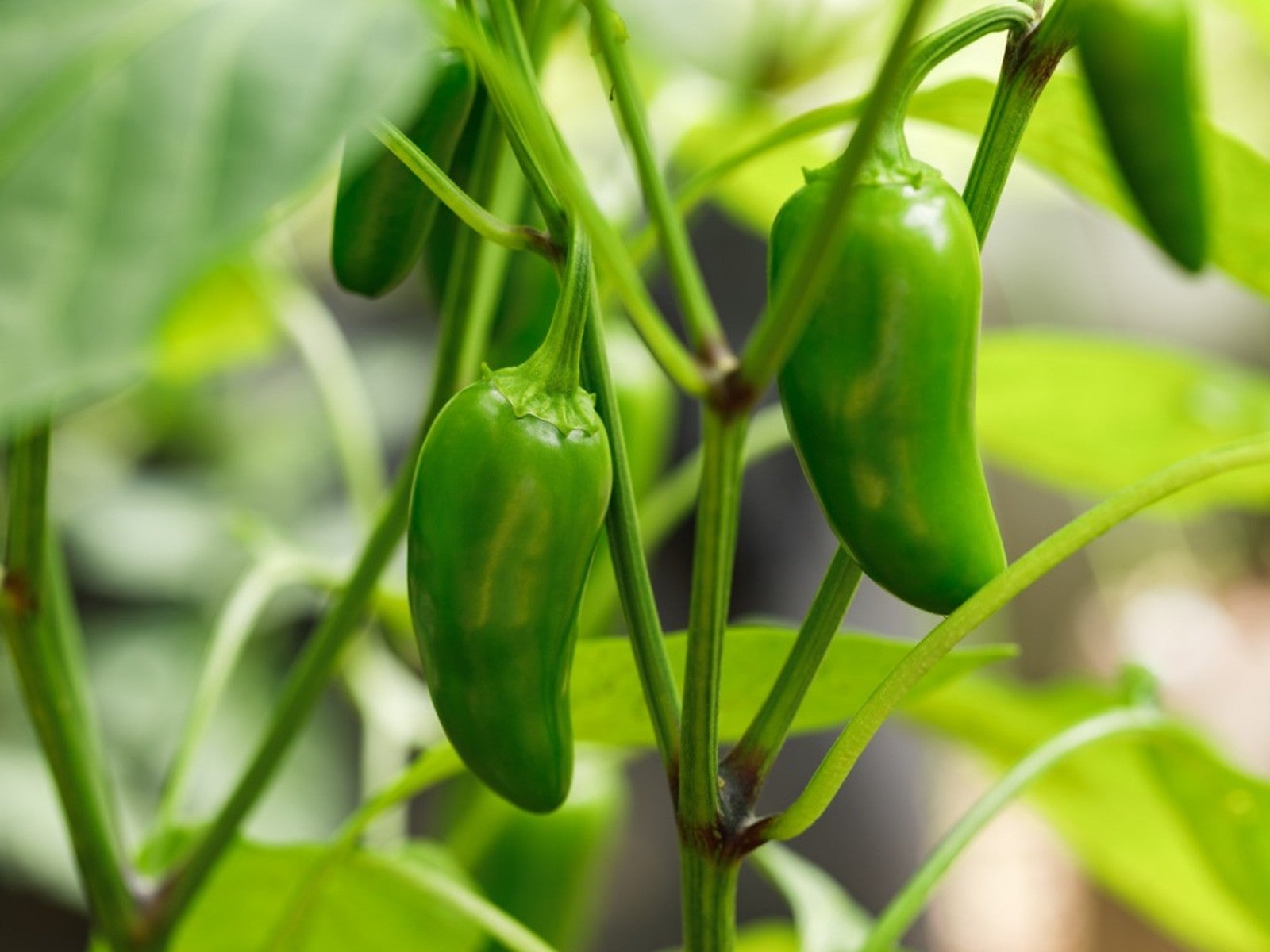The Fiery Fascination: A Deep Dive into the Jalapeño plant
The jalapeño, a staple of culinary traditions worldwide, is more than just a source of spicy zest. It’s a fascinating botanical specimen, a testament to the power of selective breeding, and a cultural icon. From its humble origins in Mexico to its global cultivation, the jalapeño plant has captivated palates and sparked a fiery passion in gardeners and chefs alike. This comprehensive exploration delves into the intricate details of the jalapeño plant, from its morphology and growth habits to its cultivation, culinary uses, and cultural significance.
The jalapeño, scientifically classified as Capsicum annuum, belongs to the nightshade family, Solanaceae. This family also includes tomatoes, potatoes, and eggplants. The jalapeño’s name originates from Xalapa (also spelled Jalapa), the capital of Veracruz, Mexico, where it was traditionally cultivated.
1.1. Morphology: A Closer Look at the Plant

1.1.1. Stem and Leaves: The jalapeño plant typically grows as a compact, bushy shrub, reaching heights of 2-3 feet. Its stems are herbaceous, becoming slightly woody as the plant matures. The leaves are ovate, with a pointed tip and smooth margins, ranging in color from light to dark green.
1.2. Varieties and Cultivars: A Spectrum of Spiciness
1.2.1. Early Jalapeño: A popular variety known for its early maturity and relatively mild heat.
Growing jalapeños can be a rewarding experience, providing a fresh and flavorful addition to your culinary repertoire. Whether you’re a seasoned gardener or a novice, understanding the plant’s needs is crucial for successful cultivation.
2.1. Planting and Propagation: Starting Your Jalapeño Journey

2.1.1. Seed Starting: Jalapeño seeds can be started indoors 6-8 weeks before the last frost. Use a well-draining seed starting mix and maintain a consistent temperature of 75-85°F (24-29°C) for optimal germination.
2.2. Growing Conditions: Providing the Ideal Environment
2.2.1. Sunlight: Jalapeños thrive in full sun, requiring at least 6-8 hours of direct sunlight per day.
2.3. Pest and Disease Management: Protecting Your Jalapeño Plants
2.3.1. Common Pests: Aphids, spider mites, and whiteflies can infest jalapeño plants. Use insecticidal soap or neem oil to control these pests.
2.4. Harvesting and Storage: Enjoying the Fruits of Your Labor
2.4.1. Harvesting: Jalapeños can be harvested when they are green or allowed to ripen to red, yellow, or orange for a sweeter flavor and increased heat. Use pruning shears or scissors to cut the peppers from the plant, leaving a small stem attached.
:max_bytes(150000):strip_icc()/GettyImages-1621760582-85fe1e5ed4fb4fae82c915d481d257ba.jpeg)
The jalapeño’s versatility and unique flavor profile have made it a staple in cuisines worldwide. From salsas and sauces to pickles and poppers, the jalapeño adds a fiery kick to a wide range of dishes.
3.1. Flavor Profile: A Balance of Heat and Sweetness
3.1.1. Heat: The heat of a jalapeño comes from capsaicin, a compound concentrated in the seeds and placenta. The heat level can vary depending on the variety and growing conditions.
3.2. Culinary Uses: A World of Flavors
3.2.1. Salsas and Sauces: Jalapeños are a key ingredient in many Mexican and Tex-Mex salsas and sauces, adding heat and flavor.
3.3. Culinary Tips: Taming the Heat
3.3.1. Removing Seeds and Membranes: Removing the seeds and membranes from jalapeños will reduce their heat.
The jalapeño has a rich cultural history, deeply intertwined with the traditions and cuisine of Mexico and other regions.
4.1. Origins and History: A Mexican Heritage
4.1.1. Pre-Columbian Era: Jalapeños have been cultivated in Mexico for thousands of years, with evidence of their use dating back to pre-Columbian times.
4.2. Cultural Symbolism: A Fiery Icon
4.2.1. Mexican Cuisine: Jalapeños are a symbol of Mexican cuisine and culture, representing the country’s vibrant and flavorful culinary traditions.
4.3. Health Benefits: More Than Just Spice
4.3.1. Capsaicin: The capsaicin in jalapeños has been linked to various health benefits, including pain relief, improved metabolism, and cardiovascular health.
